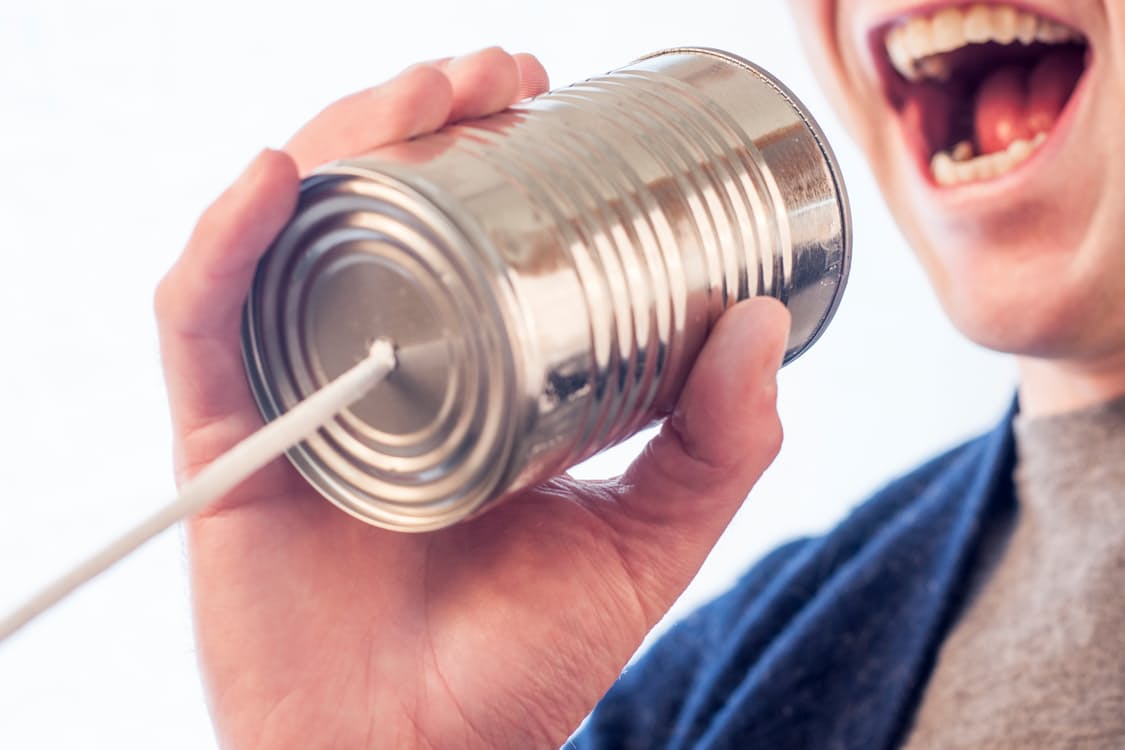How to charge what you’re worth?
Podcast EP02 Show Notes: Have you ever wondered how to set your prices? How do you raise your prices to increase your profits without putting your customers off? This episode will explain to you how you should be setting your pricing and how to ensure your customers will be happy. A lot of people drop […]
Show Notes:
Have you ever wondered how to set your prices? How do you raise your prices to increase your profits without putting your customers off? This episode will explain to you how you should be setting your pricing and how to ensure your customers will be happy.
A lot of people drop their prices because they feel their customers won’t be happy to pay. This is a huge mistake. You’ll end up with customers who don’t appreciate your product or service and you’ll struggle to make ends meet.
This week, I’m talking about how to charge what you are worth. The thing is, no matter what price you set, someone will always be unhappy. Putting your prices down to appease customers won’t keep you comfortable, no matter what you may think.
I used to think that pricing my services low would get me more customers. Actually, in the end, what happened was that I attracted the wrong people into my world. I learned that getting a ‘yes’ from the right person is more valuable than a ‘yes’ from many wrong people.
Next Step:
Have some thoughts or any topic you would like me to cover in future episodes – drop them in comments. And Don’t forget to share what you found useful!
if you want to make some real progress then book a strategy session with W3bMinds to put these tips into practice. And Last Follow us on Twitter & Facebook for more tips.
Archives by Month:
March
- Why People Buy? What key factors determine they would do business with you?
- Special Guest – Raj Smriti
- Let’s catch the Thief that is stealing your success



February
January
- The 5 Sins of Marketing to avoid for success
- How to charge what you’re worth?
- Ever heard “Content is King” – Why ?



July
- 20 Myths About Business Success Revealed
- 4 Ways to Stop Burning Money in Ads but Still Get More Customers?
- What’s the Key to Creating Successful Conversion Content? and Grow Sales!
- Inbound Marketing – Perfect For People Who Hate Selling
- The Worst Advice We’ve Ever Heard About Sales





March
- What is Buyer’s Journey & Why it matters for your business?
- 4 Reasons why your Marketing efforts are not paying off or converting?
- The Benefits of Buyer Personas and How to Get Started?
- Why We Don’t Sell Any Project Without Discovery?




February
- 10 signs your website might be ready for an upgrade
- Why your business needs a technical co-founder…and where to find one?


January
December
- Startups Business – Determining if Your Business is Ready for Funding
- Five steps to attract investors
- How to Make a Successful Startup Business Plan.
- 10 Common Mistakes New Businesses Make




November
- 10 Crucial Errors to Avoid for Startup Businesses
- Spread the Word: 4 Ways to Enhance Your Online Presence
- $100 website vs a $10,000 website? What’s the difference?
- Brochure Website vs. Sales Person Website – What Really Works for You?
- $10,000?! For a website? Is a website worth that much ?










